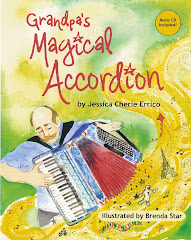
When all of the white keys were removed, I then pulled the axle rod for the black keys, rotating it with a slight back and forth motion and using my channelocks. I again numbered each black key as it was removed. Once all the keys were removed I checked the springs, and all were in good condition. I examined the valve pad felts and brushed each one gently with a soft brush to remove any residue and restore the surface.
I also thoroughly cleaned each key using a mild plastic polish to remove years worth of accumulated dust. The wooden underlayment of the keyboard was completely dusted and vacuumed to remove years of dust. I also made sure to vacuum both sides of the aluminum register plate to remove any dust there as well, and thoroughly vacuumed around where the treble reed blocks are installed. I also wiped down the two axle rods with some Goo B Gone, and then wiped them dry, and finally wiped a very light coat of sewing machine oil on them, and then once again wiped them dry before reinstalling them.
Then came the slow process of carefully installing each black key, and when that was done, each white key. Then the treble register mechanism was re-engaged with the treble register pivot arms and screwed into place. Finally the grill cover was reattached.
When I played the accordion after doing these repairs, three of the notes on the Clarinet setting played in one direction but not the other. I suspected a stuck reed tongue. I removed the appropriate reed block and using a thin bamboo skewer I gently pushed on the tongue to free it up. The bamboo is very soft and can in no way scratch the reed tongue or change it's sound. Once I did this I reinstalled the reed block and the accordion plays perfectly, or as far as I can tell without having a chromatic tuner. But when you play each note opening the bellows, it sounds the same as when you play it closing the bellows. I then proceeded to clean the outer surfaces of the accordion with a plastic polish and wipe it to a lustre as best as I could without a buffing wheel. It is a SWEET instrument and sounds wonderful.



